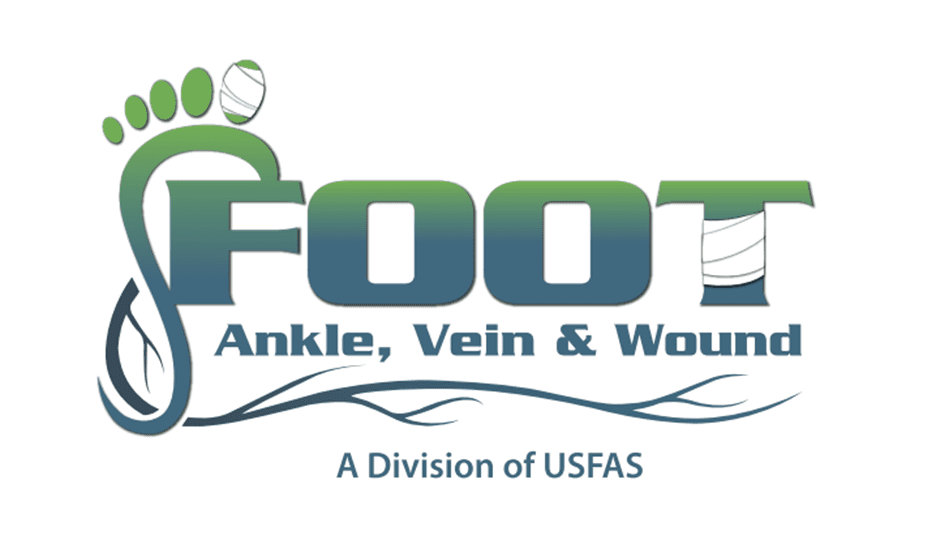A subungual exostosis is a bony prominence or irregularity that can occur under the toenail, generally as a result of some form of trauma to the toe.
When they are symptomatic, removal of the spur is the treatment of choice. Additionally other small tumors called osteochondromas and enchondroma can also form in the bone beneath the toenail as well as in other bones in the body.
An osteochrondroma is a benign bone tumor that accounts for 50% of all benign bone tumors. They have a predilection for the long tubular bones of adolescents and young adults. Its peak incidence is in the second decade of life with a male to female ratio of approximately 2:1. They are generally painless or minimally painful unless they cause irritation to the surrounding tissue. When they are in the bone beneath the toenail they can deform the toenail and cause an ingrown toenail. The treatment of symptomatic osteochondromas is surgical excision. The final diagnosis is made after the bone tumor is removed and examined by a pathologist. Recurrence of the tumor is possible following their removal. Hereditary multiple exostosis (osteochondromatosis) have a prominent hereditary incidence which affects males more often then females. The disease is characterized by the presence of multiple exostosis, which are frequently bilateral and somewhat symmetrical and usually make their appearance during childhood or adolescence.
An enchondroma is a fairly common benign cartilaginous tumor, which is the most common bone tumor of the hands and feet. They affect patients in a wide age range with no sex predilection. When they occur within the small tubular bones the tumor can involve large portions of these bones, causing thinning of the cortex of the bone. This can weaken the bone and cause it to break spontaneously. When they occur in the small bone in the end of the toe they can cause pain that may mimic the pain of ingrown toenail. Ollier’s disease, also known as enchondromatosis, shows a strong predilection for the small bones in the hands and toes (phalanges) and the long bones behind the phalanges called metatarsals. It is often shows an asymmetric involvement, tending to affect one side of the body more than the other and has a propensity to transform into a malignant sarcoma. Maffucci’s syndrome is a very rare form of enchondromatosis associated with multiple soft tissue hemangiomas. This tumor has a greater predilection for the hands and feet, and has a greater toward malignant transformation than Ollier’s disease.

